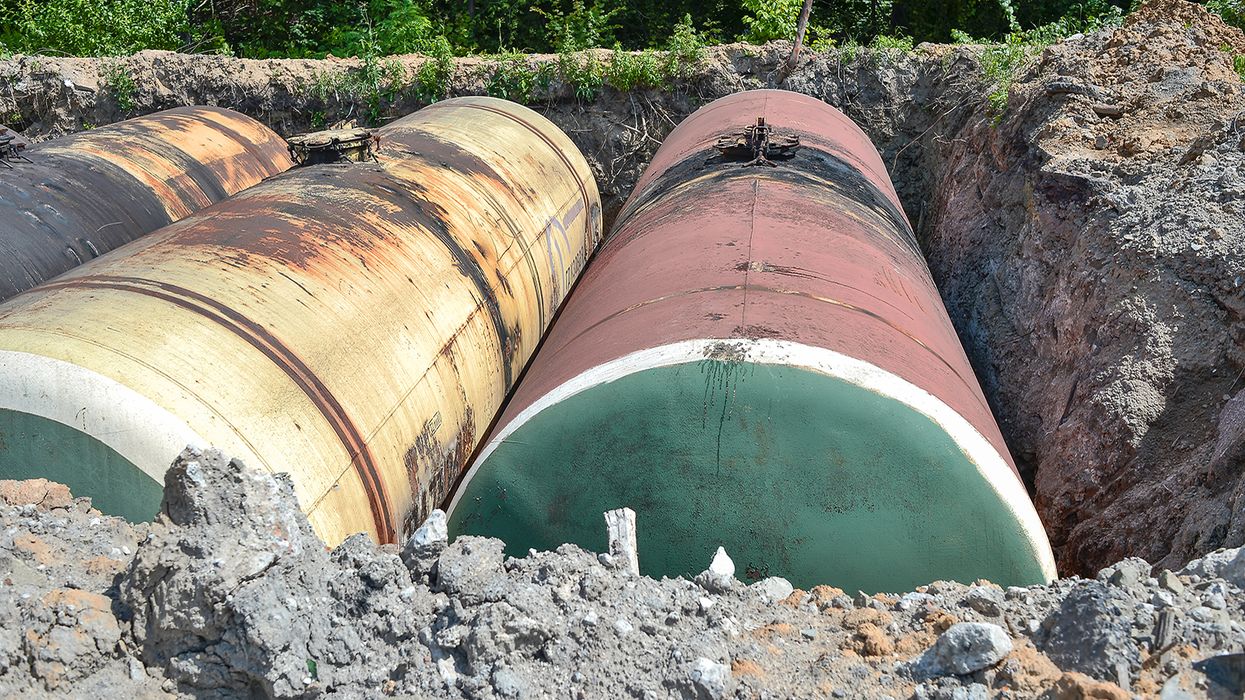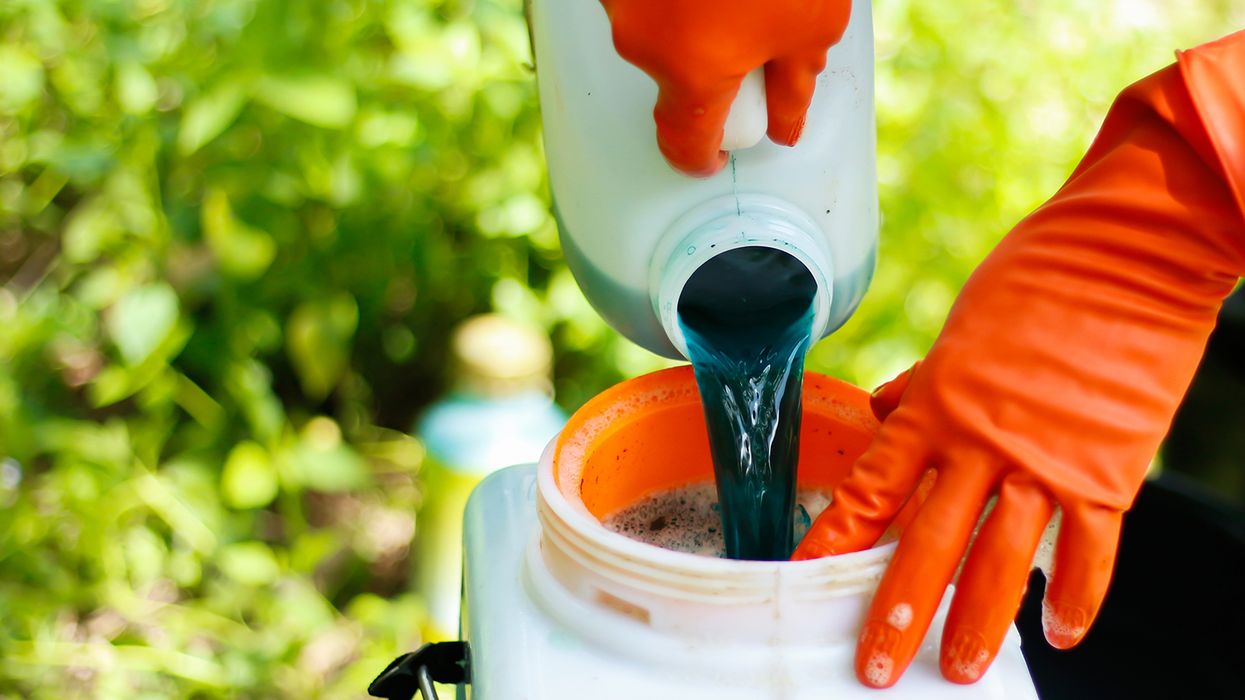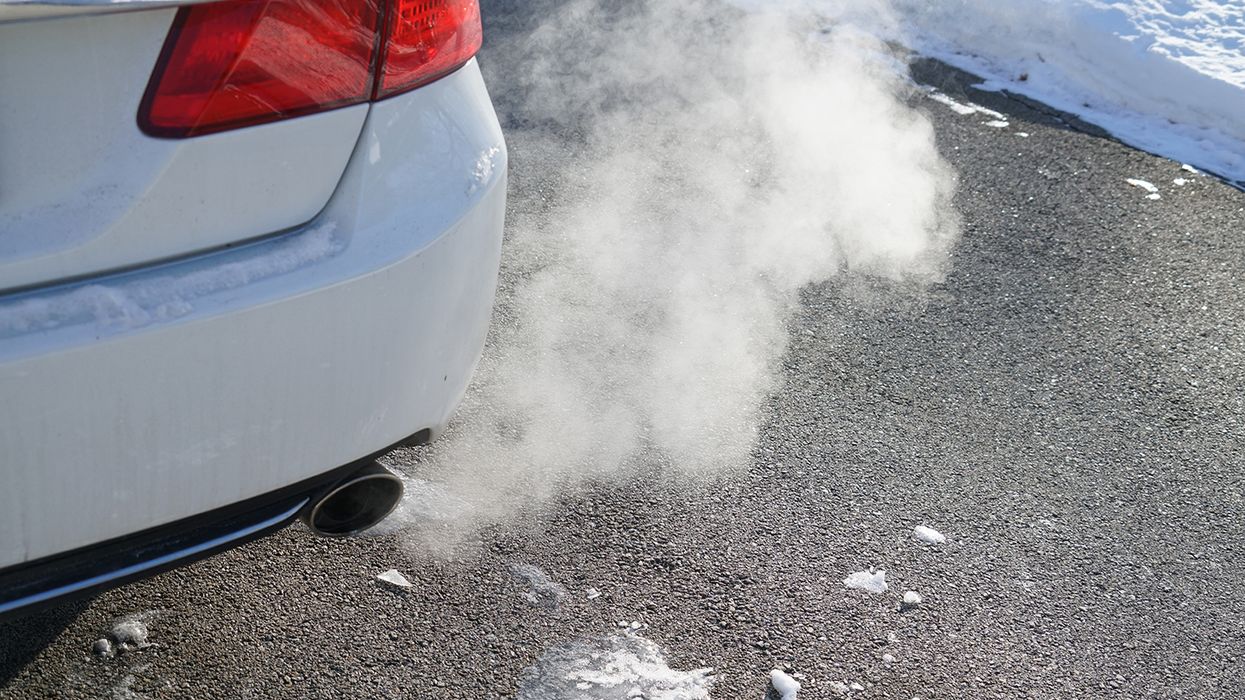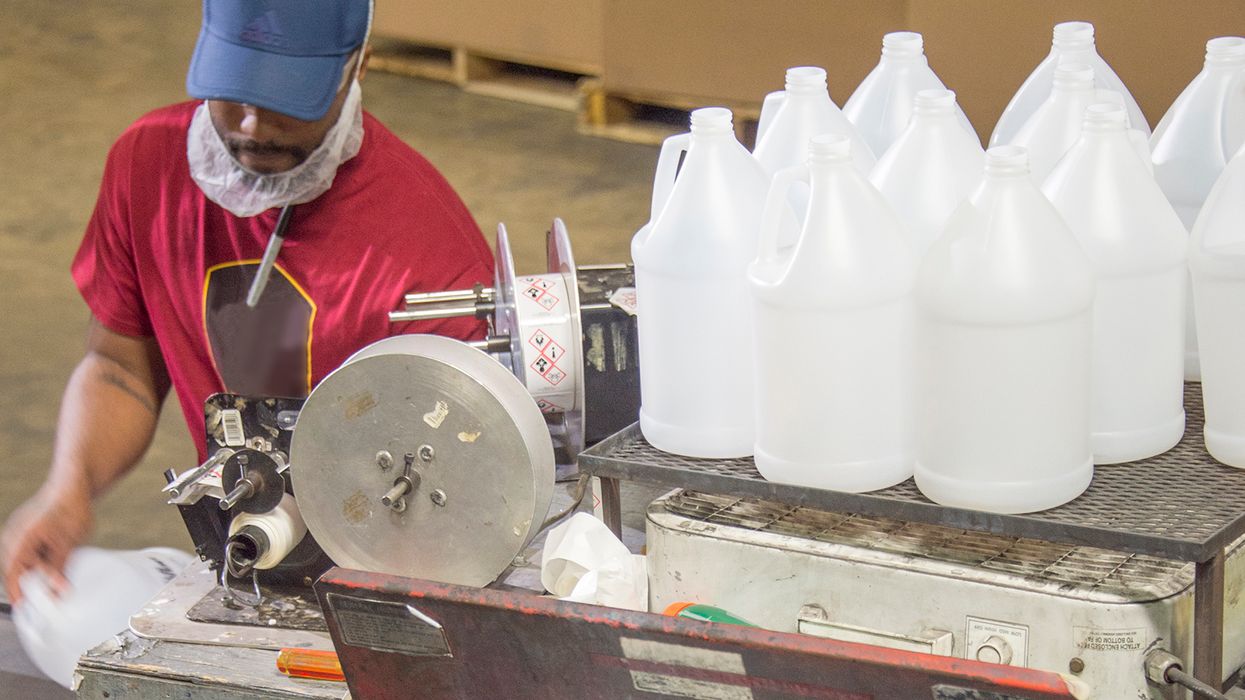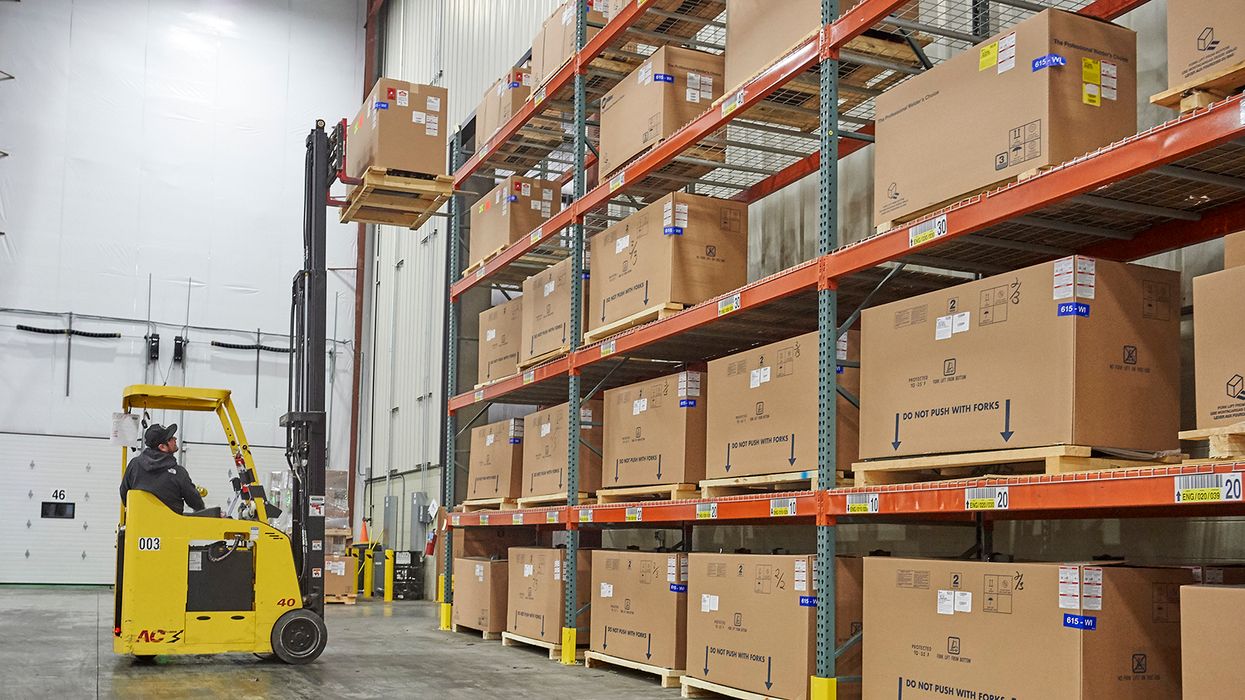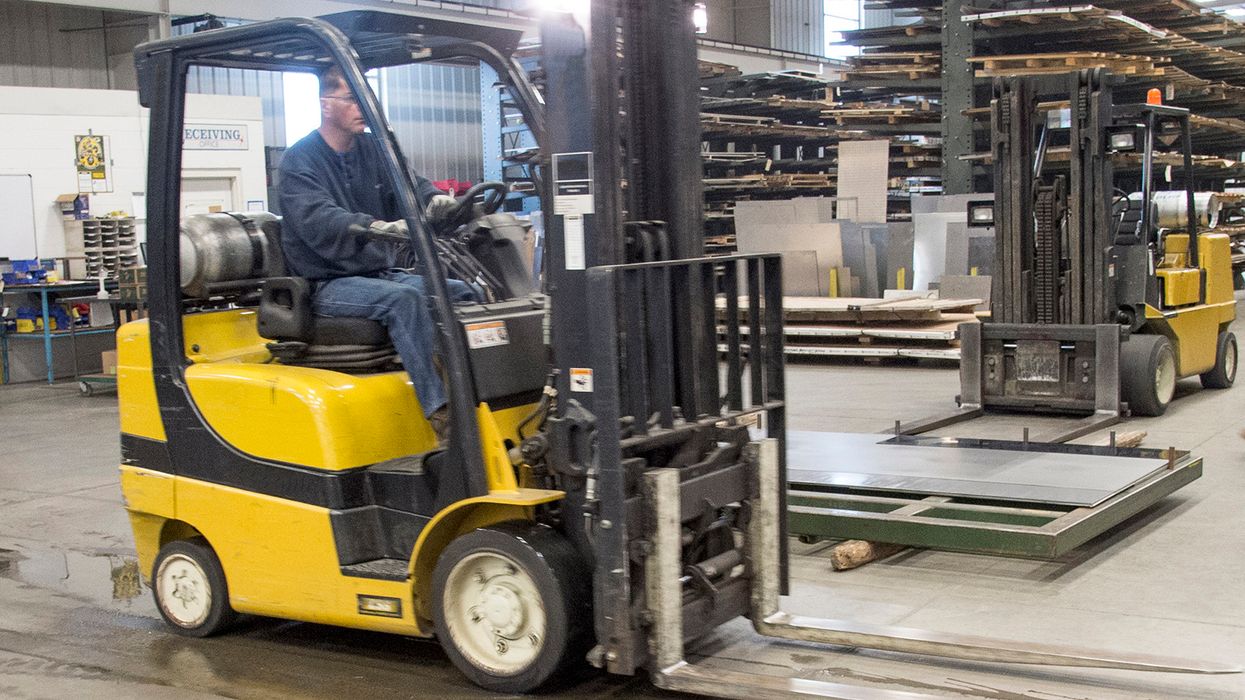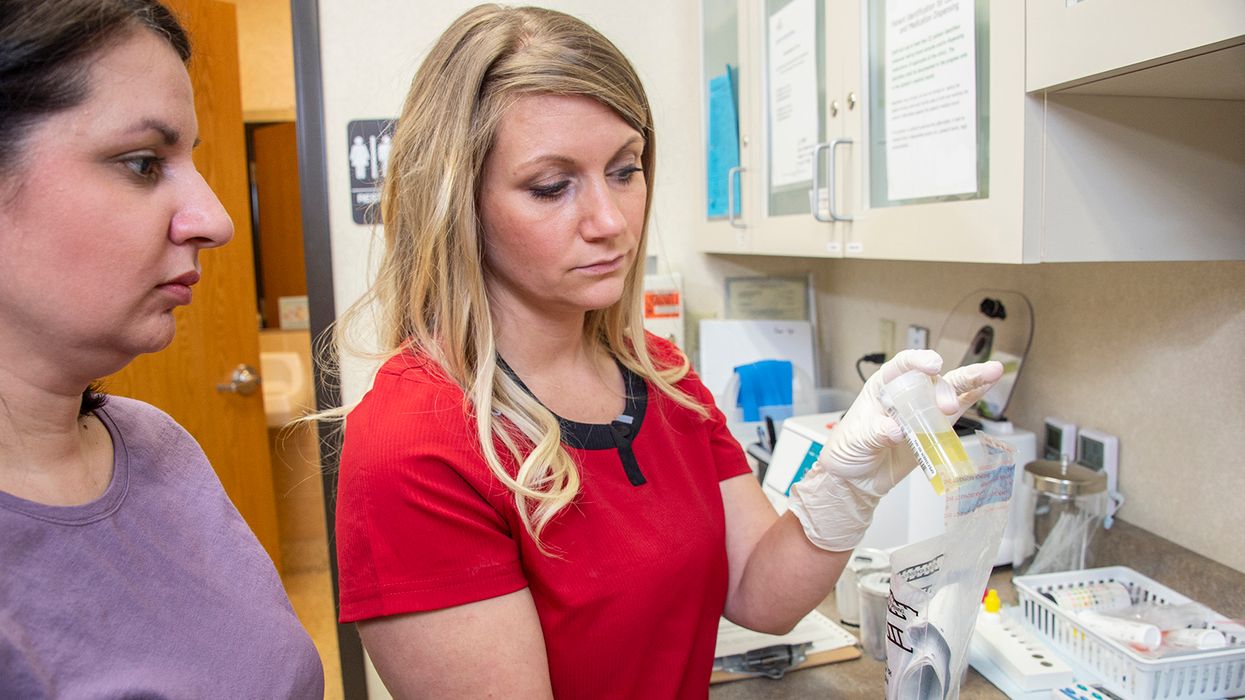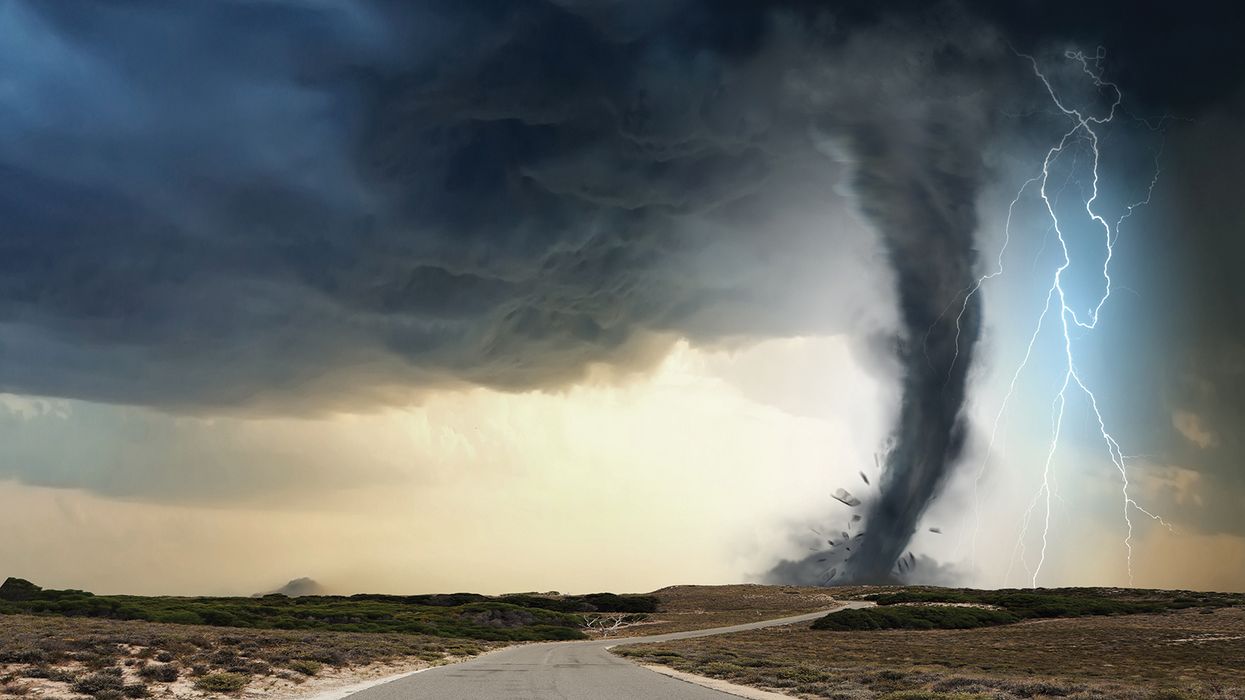New sodas add fizz to summer but have drawbacks
New fizzy drinks bubbling up on grocery store shelves may make workers wonder if they should make this a prebiotic soda summer.
While prebiotic sodas do contain dietary fiber, and are a healthier alternative to sugary sodas with no nutritional benefits, they bring their own health concerns.
What are prebiotic sodas?
Prebiotic sodas are carbonated beverages that contain dietary fibers called prebiotics. Prebiotics help support the good bacteria in the gut.
Fiber isn’t digested but supports digestion and helps you feel full. Most Americans don’t eat enough fiber, falling short of the recommended 28 - 35 grams of fiber each day.
Since 2016, the Food and Drug Administration (FDA) has expanded its definition of dietary fiber to include non-digestive carbohydrates, such as inulin and acacia. These fibers come from plants such as chicory root and the acacia tree. Prebiotic sodas often contain these plant-based fibers.
What problems can prebiotic sodas cause?
Drinking prebiotic soda can have side effects, as inulin can be hard to digest. If you’re not used to consuming a lot of fiber, it can cause bloating, diarrhea, and gas pains.
In addition, prebiotic sodas often contain artificial ingredients as well as sugar, which has been linked to heart disease and diabetes.
Because of these drawbacks, a better choice for increasing fiber intake is a diet that includes plenty of fruits, vegetables, and whole grains. These foods are natural sources of fiber.
When you’re thirsty, and especially if you’re working in hot weather, water is a great choice. The Occupational Safety and Health Administration advises employers to provide cool water to workers in outdoor environments. Employees should be encouraged to drink at least one 8-ounce cup every 20 minutes while working in the heat.
Key to remember: There’s nothing wrong with swapping out a prebiotic soda for a regular one when you’re looking for a treat. If you’re focusing on getting more prebiotic fiber into your diet, however, it’s found naturally in bananas, asparagus, almonds, beans, peas, garlic, and onions. When you’re focused on calorie-free thirst quenching, water still rises to the top.
























